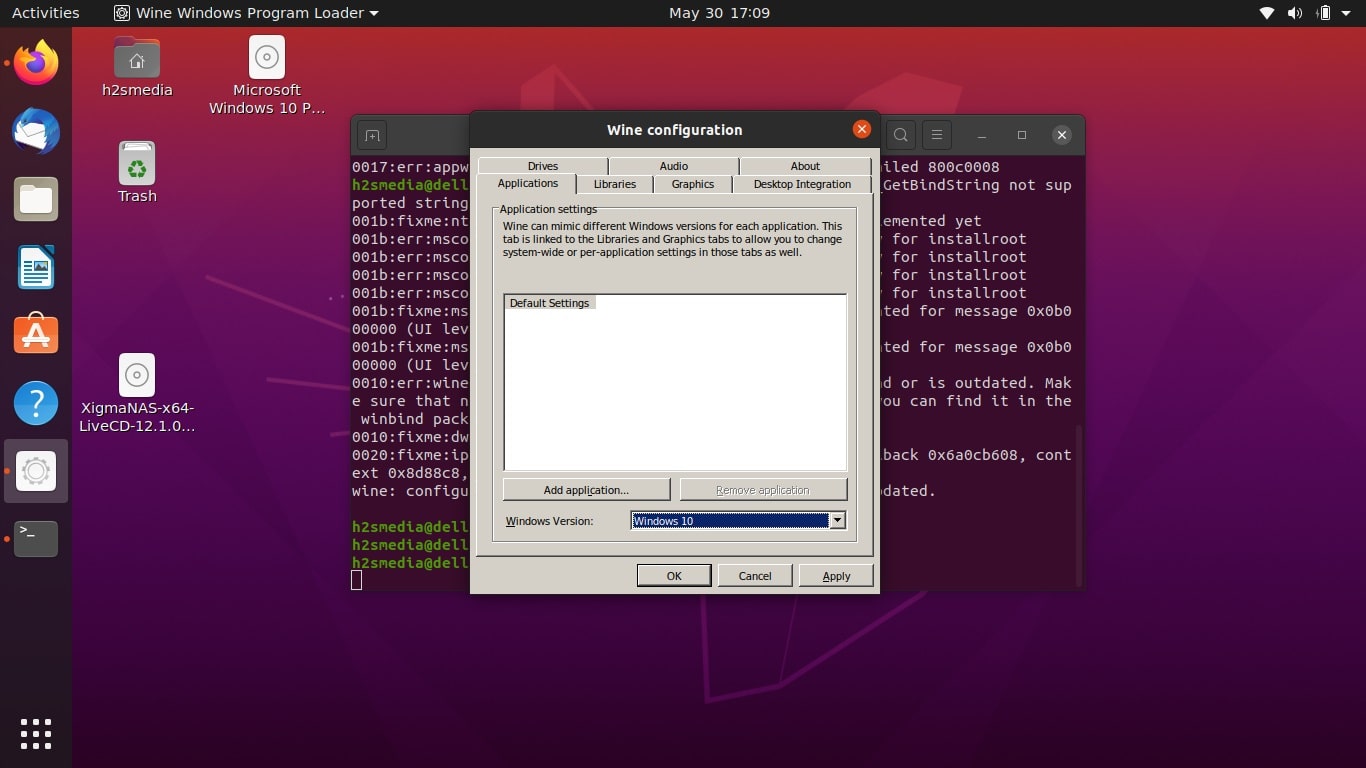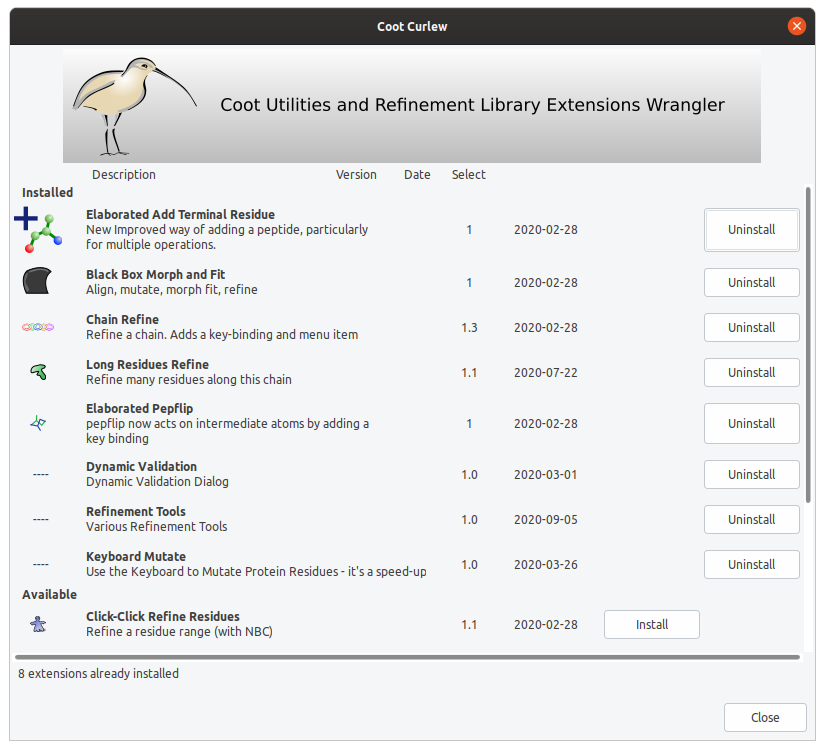
1.3.1 Installation from a distributed binary tarball package.Now, let's see how you can use GIMP in creative ways on your machine. Now, all that's left to do is a quick restart so that everything is up and running.Īfter the restart, install GIMP with this command: sudo flatpak install flathub Īnd that's all about the different ways to install GIMP on Ubuntu. If you don't have Flatpak installed on your computer, run this command: sudo add-apt-repository ppa:alexlarsson/flatpakĪfter you are done with the installation, add the flathub repository to Flatpak: flatpak remote-add flathub Flatpak and Snap are similar package managers and like Snap, you can use Flatpak to install GIMP on Ubuntu as well. Install GIMP on Ubuntu With Flatpakįlatpak is a package management and software development utility for the Linux environment. To start, launch Ubuntu Software from the Applications menu and search for ' gimp.' Click on Install to download the GIMP package, and the system will get it up and running in no time. Now, you can just use the Ubuntu Software application for installing new software. Luckily, gone are the days when you simply had to use the command line if you wanted to work on a Linux-based system. If you are still learning the ins and outs of the Terminal, or just plainly don't like it, you can use the GUI instead.

But if you don't, though, run this command: sudo apt updateĪfter you've installed the snap package, run the command to install gimp again. Note that the aforementioned command assumes you have the Snap package manager already installed on your system. Then, type the command from below, and hit Enter: sudo snap install gimp To start, launch the Terminal from the Applications menu or press the Ctrl + Alt + T keyboard shortcut.

Install GIMP Through TerminalĮvery Linux user knows that the command-line is the best way to control a machine. There are plenty of ways to install GIMP on Ubuntu. With GIMP installed on your Ubuntu machine, you can handle all, if not most, of your tasks related to images-including everything from super easy stuff like capturing screenshots and cropping images to more heavy-duty things such as image creation, animation, scripting support, and more. One such app is GIMP, short for GNU Image Manipulation. The open-source community ensures that by developing and releasing free apps. Even if you can't afford to splurge your money on high-end close-sourced software, you don't have to settle with substandard products. One thing that users really love about Linux is its open-source development culture.


 0 kommentar(er)
0 kommentar(er)
